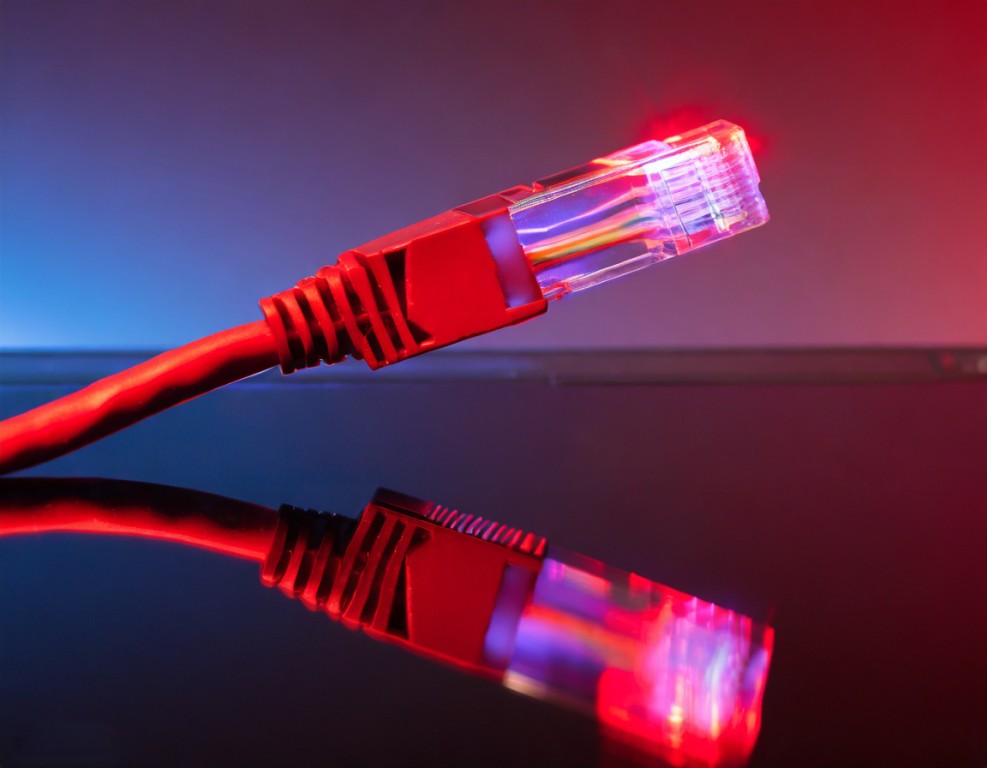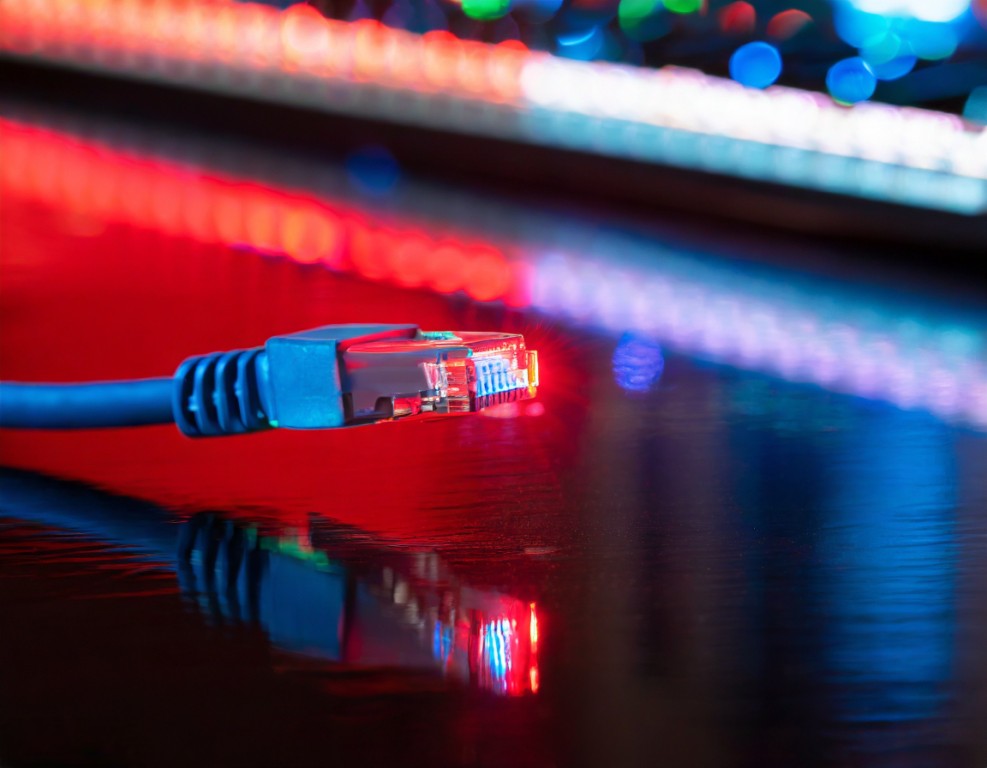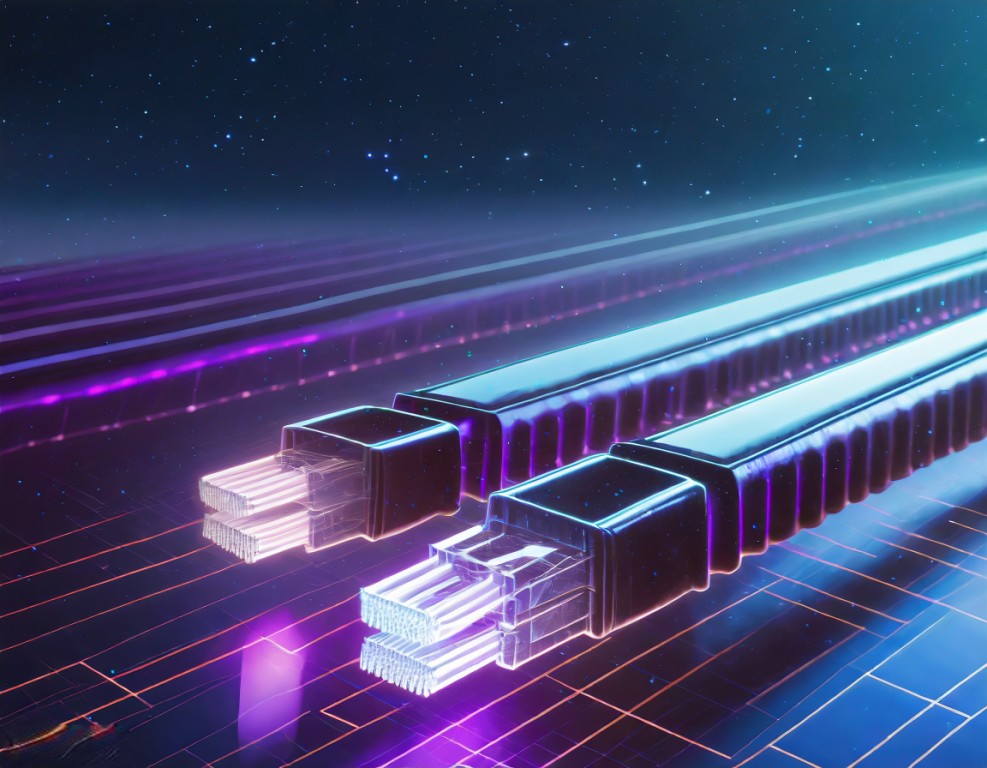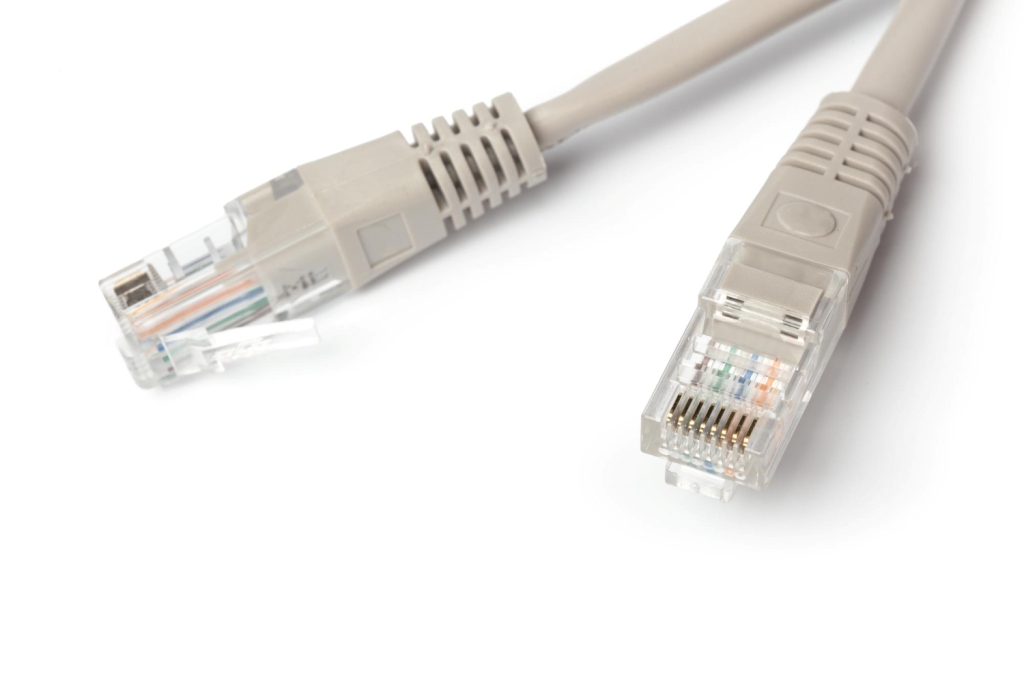Ethernet cable categories are standardized cables used for networking, and they play a crucial role in connecting devices in Dubai, UAE, and around the world. These cables are classified as Cat 5e, Cat 6, and Cat 7, each offering different data transmission speeds and performance capabilities. Choosing the right category is vital for ensuring efficient and reliable network connections in homes, businesses, and data centers in Dubai and across the UAE.
I. 4 Types of Networking Cables

1. Coaxial cable
Coaxial cables have a center conductor encircled by a metal shield that is braided and then covered in an outer jacket for protection and an insulating layer. cables were once commonly used for computer networks, but it has been largely replaced by twisted-pair cable and fiber optic ethernet cable categories.
2. Shielded twisted pair (STP) cable
A form of twisted-pair ethernet cable categories known as shielded twisted pair (STP) cable contains an extra metal shield encircling each pair of wires. This shield helps to reduce interference from other electrical devices. Unshielded twisted pair (UTP) cable is less expensive than STP cable, however, STP cable performs better and is less prone to interference.
3. Unshielded twisted pair (UTP) cable
The most prevalent kind of networking cable is unshielded twisted pair (UTP) cable. To minimize interference, it is made up of four pairs of copper wires that have been twisted together. UTP cable is a popular option for home and small business networks since it is reasonably priced and simple to use.
4. Fiber optic cable
Fiber optic cable is the fastest and most reliable type of networking cable. It is made up of tiny glass or plastic strands that use light signals to transport data. Fiber optic cable is more expensive than other types of networking cable, but it is also more durable and can support longer cable lengths.
II. Ethernet Cables Categories in Computer

There are six categories of ethernet cable categories, each with its own bandwidth and data rate capabilities.
- Cat5: supports bandwidth of 100 MHz and speeds of up to 100 Mbps.
- Cat5e: An enhanced version of Cat5 that supports speeds up to 1 Gbps and bandwidth up to 350 MHz.
- Cat6: supports bandwidth of up to 250 MHz and speeds of up to 1 Gbps.
- Cat6a: An enhanced version of Cat6 that supports speeds up to 10 Gbps and bandwidth up to 500 MHz.
- Cat7: Upholds speeds up to 10 Gbps and transmission capacity up to 600 MHz.
- Cat8: supports bandwidth of up to 2 GHz and speeds of up to 40 Gbps.
The higher the category number, the faster the data rate and the greater the bandwidth. However, higher-category cables are also more expensive.
A. Ethernet Cable Categories Speed

- Category 5 (Cat5): 100 Mbps up to 350 MHz
- Category 5e (Cat5e): 1 Gbps up to 250 MHz
- Category 6 (Cat6): 1 Gbps up to 250 MHz
- Category 6a (Cat6a): 10 Gbps up to 500 MHz
- Category 7 (Cat7): 600 MHz to 10 Gbps
- Category 8 (Cat8): 25 Gbps up to 2000 MHz
- The higher the category, the faster the maximum data rate and bandwidth.
- The quantity of data that may be sent via a wire in a specific length of time is known as the bandwidth.
- The pace at which data is sent across the cable is known as the data rate.
- The maximum data rate and bandwidth are theoretical and may not be achieved in real-world conditions.
- The actual speed of an Ethernet connection depends on several factors, such as the type of cable, the length of the cable, the quality of the cable, the type of network equipment, and the network traffic.
B. Which ethernet cables?

Cat 7a cables are shielded and support speeds up to 100 Gbps over longer distances (up to 100 meters). They are the best choice for networks that need to support very high speeds and require the highest level of shielding over long distances.
If you are unsure cable which type of Ethernet is right for you, it is generally best to err on the side of caution and choose a Cat 6a cable. This will ensure that you have enough bandwidth for most applications and that your network will be future-proofed for even faster speeds in the future.
C. What Are The Major Categories of Ethernet cables?
ethernet cable categories are divided into three major categories: UTP, STP, and fiber optic. The most popular kind of cables, UTP cables are usually utilized for networks in homes and offices. STP cables are frequently utilized in industrial settings and provide superior interference protection. Fiber optic cables are the fastest kind and are usually utilized in applications requiring a high bandwidth.